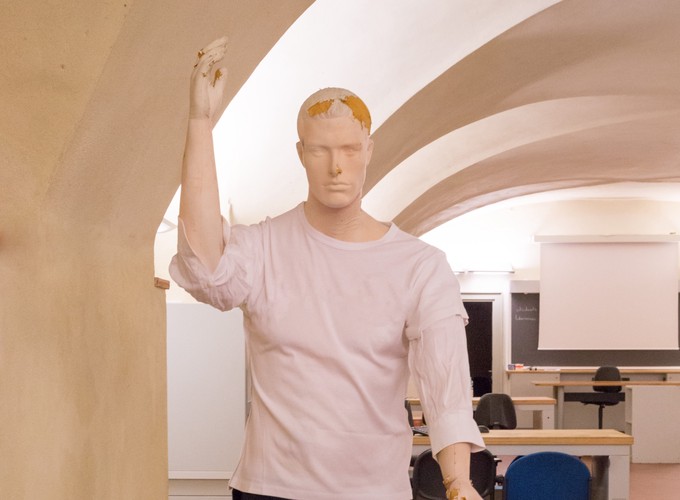Accuracy of the Microsoft Kinect System in the Identification of the Body Posture
 Mannequin for body posture assessment
Mannequin for body posture assessment
Accuracy of the Microsoft Kinect System in the Identification of the Body Posture
Abstract
Markerless motion capture systems have been developed in an effort to evaluate human movements in a natural setting. However, the accuracy and reliability of these systems remain nowadays understudied. This paper describes a study performed to evaluate the accuracy and repeatability of the identification of posture using the Microsoft Kinect V2 markerless motion capture system. The measurement repeatability has been studied by observing a mannequin from different positions, with different light conditions, with obstacles partially hiding the lower limbs and with different clothes. The metrics for the evaluation of repeatability were the length of forearms, arms, thighs, legs and spine and the angle of the elbows and knees. Results showed the preferential positions of measuring in terms of distance and angular position between the sensor and the target. The presence of occluded or hidden limbs and close subject represent the most critical problems of body detection returning misleading results